Why Food and Travel Photography Captures Hearts and Minds Worldwide
Food and travel photography has exploded into one of the most engaging forms of visual storytelling on social media. This unique genre combines the sensory appeal of cuisine with the wanderlust of travel, creating images that don’t just show what you ate—they transport viewers to the exact moment and place where flavors came alive.
Quick Guide to Food and Travel Photography:
• Equipment: 50mm lens, smartphone with RAW capability, portable reflector
• Best lighting: Natural window light, golden hour, avoid flash
• Key angles: Overhead (flat lay), 45-degree, straight-on
• Composition: Use negative space, connect food to location, tell a story
• Editing: Maintain consistent color palette, improve natural tones
• Ethics: Respect local customs, ask permission for people in shots
The numbers tell the story of this genre’s massive appeal. The hashtag #cameraeatsfirst has been used over 10 million times on Instagram, while food and travel posts dominate social feeds with over 400 million #food and 600 million #travel tags. Even more compelling: over 60% of travelers say seeing food photos from a destination influences their decision to visit.
What makes food and travel photography so powerful? It taps into our most primal senses. Unlike studio food photography, travel food images capture terroir—that untranslatable “taste of place” that can only be experienced firsthand. They freeze moments where culture, community, and cuisine intersect.
As one food travel expert puts it: “Food has the power to reconnect cultures and bring people together.” Your camera becomes the bridge between that steaming bowl of pho in a Hanoi alley and someone scrolling through Instagram thousands of miles away.

Relevant articles related to Food and travel photography:
– Best food travel destinations
– Best places for wine
– Farm-to-table dining experiences
What Makes “Food and Travel Photography” Unique?

Picture this: a perfectly styled croissant photographed in a studio versus that same golden pastry captured on a sun-drenched café table in Paris, with morning light dancing through windows and the gentle hum of French conversation in the background. That’s the magic of food and travel photography—it transforms a simple meal into a complete sensory story.
Unlike traditional food photography that chases perfection in controlled environments, food and travel photography accepts the beautiful chaos of real dining experiences. We’re not just documenting what landed on our plate; we’re preserving an entire moment where culture meets cuisine. This is what photographers call capturing culture-on-a-plate—where every image tells the story of place-based cuisine that could only exist in that exact spot.
The genius of this genre lies in how it creates an immersive experience for viewers. When you photograph that steaming tagine in a busy Marrakech market or fresh ceviche on a Lima rooftop, you’re not just showing food. You’re bottling up the sounds, smells, and energy of that moment. The hashtag overlap between #food and #travel happens naturally because these images satisfy multiple cravings at once—culinary inspiration and wanderlust.
What makes this storytelling so powerful is the concept of terroir—that magical combination of environment, tradition, and culture that makes each destination’s cuisine utterly unique. A bowl of ramen photographed in Tokyo carries the weight of centuries-old traditions, local ingredients, and cultural meaning that simply can’t be replicated anywhere else. Best Food Travel Destinations showcases locations where these authentic terroir moments naturally unfold.
Why Food Completes the Journey
Food serves as the ultimate memory trigger during travel because it connects us to place through our most primal sense. Unlike monuments we admire from afar, food literally becomes part of us, creating memories that stick with remarkable staying power.
The multisensory appeal of travel food photography taps into something deeper than visual beauty. When we capture that perfect shot of pasta in Tuscany, we’re documenting more than dinner—we’re preserving the story of wheat fields, hand-rolling traditions, and centuries of culinary evolution that led to that exact moment.
Local ingredients become storytellers themselves, revealing secrets about geography, climate, and cultural adaptation. That coconut curry in Thailand speaks of tropical abundance, while hearty stews in mountain villages tell tales of making the most of harsh winters. Each photograph becomes a mini-documentary about how communities have shaped their cuisine around their environment.
Perhaps most importantly, food creates community connection in ways that transcend language barriers. Whether you’re sharing tapas in Barcelona or being invited to a family meal in rural Vietnam, these moments capture food as a universal language. The best travel food photographs often include hands reaching for shared dishes, smiling faces around tables, or the gentle chaos of market interactions—proving that the most delicious stories are the ones we share.
Packing the Right Gear & Dialing In Settings
Let’s be honest—nobody wants to haul a massive camera bag through a busy Bangkok street market or squeeze a giant telephoto lens into a tiny Roman trattoria. When it comes to food and travel photography, the golden rule is simple: the best camera is the one you’ll actually want to use.
Compact mirrorless cameras have become the sweet spot for travel food photographers. They deliver professional image quality without the bulk that makes locals uncomfortable or servers annoyed. Plus, they’re much easier to maneuver when you’re trying to capture that perfect overhead shot of your pasta while other diners are squeezing past your table.
Don’t overlook your smartphone’s capabilities, especially newer models with RAW shooting modes. Sometimes the most authentic food moments happen so quickly that fumbling with camera settings means missing the shot entirely. Your phone is always ready, and modern smartphones can produce surprisingly stunning results for social media and even print.
For lenses, the beloved “nifty fifty” 50mm remains a travel food photographer’s best friend. It sees the world much like your eyes do, making compositions feel natural and intimate. The wide aperture also performs beautifully in those dimly lit restaurants where flash would kill the mood.
If you prefer versatility, a 24-70mm zoom lens covers almost every situation you’ll encounter. Wide enough for environmental shots showing the busy kitchen behind your meal, yet tight enough for those drool-worthy close-ups of melted cheese or glistening chocolate.
A few smart accessories can transform challenging situations. A lightweight travel tripod keeps your shots steady in low light, while a simple portable reflector (or even a white napkin) bounces light onto shadowy dishes. These small tools make a huge difference without weighing down your gear bag.
For camera settings, start with ISO 100-400 to keep your images clean and noise-free. Apertures between f/2.8-f/5.6 give you sharp subjects with that creamy background blur that makes food pop. Set your white balance to manual Kelvin settings rather than auto—restaurant lighting can fool your camera into creating unflattering color casts.
Here’s a pro tip: use burst mode for steam and pouring shots. That perfect moment when steam rises from hot soup or wine pours into a glass happens fast. Burst mode gives you multiple frames to choose from, and you’ll be amazed how much the steam pattern changes between shots.

Using Natural Light on the Road
Natural light is your secret weapon for gorgeous food and travel photography. It’s free, flattering, and available almost everywhere you’ll be eating. The trick is learning to spot it and work with it, even in challenging situations.
Window lighting in restaurants creates the most beautiful, consistent results. When you arrive somewhere new, always scout for tables near windows—even if it means waiting a few extra minutes. Position your dishes so the light skims across the surface rather than hitting directly from above. This side lighting creates texture and makes every grain of salt and drop of sauce visible.
Backlighting works magic with drinks. Position that fresh-squeezed orange juice or glass of local wine between your camera and a window. The liquid will glow like it’s lit from within, creating an almost ethereal effect that makes viewers thirsty just looking at the photo.
When you’re eating outdoors during harsh midday sun, don’t despair—seek open shade under market umbrellas, café awnings, or tree canopies. This diffused light eliminates harsh shadows while keeping colors vibrant and true. Sometimes those dramatic shadows from direct sun can actually add interesting elements to your composition if you accept them rather than fight them.
Golden hour and blue hour provide the most magical light for both your food and the surrounding environment. If you’re planning to photograph a special meal, time it around these periods when possible. That warm, honey-colored light makes everything look more delicious and creates that coveted Instagram glow that no filter can replicate.
The key is working with the light you have rather than against it. Even challenging lighting situations can produce stunning results when you understand how to position your subject and adjust your perspective.
Composition & Storytelling Techniques in Food and Travel Photography

Food and travel photography transforms ordinary meals into extraordinary stories. The secret isn’t just making food look delicious—it’s about capturing the entire experience of finding flavors in new places. Every great travel food photo answers an unspoken question: What was it like to be there?
Strong composition starts with understanding your environment. That busy night market in Bangkok offers completely different opportunities than a quiet vineyard lunch in Provence. Framing becomes your tool for including or excluding elements that support your story. Use the natural architecture around you—market stall awnings, restaurant windows, or even the curve of a wine glass—to create depth and draw viewers into the scene.
Negative space works differently when you’re traveling. Sometimes that empty space shows the vastness of a Moroccan desert where you’re enjoying mint tea. Other times, it highlights the intimacy of a small Roman trattoria. The space around your subject becomes part of the narrative.
Color naturally tells stories about place. The deep reds and golds of Indian spices, the blues and whites of Greek tavernas, or the earth tones of Mexican markets all reflect their environments. When you pay attention to these color stories, your photos immediately communicate location without needing a caption.
Repetition creates visual impact, especially in markets and food preparation areas. Those perfectly arranged pyramids of oranges in a Sicilian market or rows of fresh pasta hanging to dry tell stories about abundance, tradition, and craftsmanship. The rule of odds applies beautifully here—three tagines steaming in a row create more visual interest than four.
The three hero angles each serve different purposes in travel food photography. Overhead shots work perfectly for showing the complete spread of a family meal or the organized chaos of a spice merchant’s display. The 45-degree angle feels most natural because it mirrors how we actually see food when we’re about to eat it. Straight-on angles excel for drinks and layered dishes, letting you show the beautiful cross-section of that perfect baklava or the foam art in your cappuccino.
Think about pagination sequencing—how your images work together to tell a complete story. Your wide shot of the busy market sets the scene, followed by the vendor preparing your food, then the finished dish, and finally the moment of enjoyment. Each photo builds on the last to create a visual journey.

Connecting Plate to Place
The magic happens when you successfully connect what’s on the plate to where you are in the world. This connection transforms a simple food photo into a travel story that makes viewers want to book their next flight.
Landscape backdrops provide instant context. That glass of Sancerre becomes infinitely more compelling when the Loire Valley vineyards stretch out behind it. Beach picnics, mountain lodge dinners, and rooftop meals all offer natural opportunities to show food within its geographic setting. Don’t be afraid to step back and include more environment—sometimes the landscape tells the story better than a close-up.
Market context offers some of the richest storytelling opportunities in travel food photography. The journey from ingredient to plate tells a complete cultural story. Capture the vendor’s weathered hands selecting the perfect tomatoes, the colorful chaos of spice displays, or the traditional cooking methods passed down through generations. These environmental shots help viewers understand the deeper story behind their meal.
Including hands and people adds warmth and authenticity to your images. The flour-dusted hands of a pasta maker in Bologna, children reaching for fresh bread in a Cairo bakery, or friends sharing tapas in Barcelona all show food as a universal language that brings people together. These human elements remind viewers that food is about community and connection.
Environmental portraits that show cooks in their kitchens or vendors at their stalls put faces to the flavors. These images honor the people who create the food experiences we’re documenting. How to Find Authentic Local Eats in Any City can guide you to locations where these genuine moments naturally occur, away from tourist-focused establishments where the cultural connection might feel forced.
Capturing the Senses Visually
Photography captures light, but the best travel food images somehow suggest taste, smell, sound, and touch. This sensory storytelling separates memorable images from simple documentation.
Steam immediately communicates warmth, freshness, and that perfect timing when food is ready to enjoy. That rising vapor from a bowl of pho in Hanoi or Turkish coffee in Istanbul tells viewers the food is hot and inviting. Position yourself so steam is backlit—it becomes visible and adds drama to your composition. Use burst mode because steam moves quickly and you want to catch it at its most photogenic moment.
Motion brings static images to life. The pour of wine into a glass, honey dripping from a wooden spoon, or fresh pasta being tossed in a pan all create anticipation. These action shots suggest the immediate moment before consumption and make viewers feel like they’re part of the experience. Drips and motion-pour shots work especially well with beverages and sauces.
Ambient light sets the emotional tone of your food story. The warm glow of lanterns at a night market, harsh fluorescents of an authentic dive restaurant, or dappled sunlight filtering through a café’s awning all contribute to the sensory experience. Don’t fight the existing light—accept it as part of your story’s mood.
Candid moments provide visual cues about the sounds and atmosphere surrounding the meal. The animated conversation of diners, the focused concentration of a chef at work, or the laughter of friends sharing a feast all suggest the ambient noise and social energy of the dining experience. These moments remind viewers that great food experiences engage all our senses, not just taste.
Editing Workflow & Consistent Aesthetic

Post-processing can make or break your travel food photography. The goal isn’t to create unrealistic perfection, but to improve the natural beauty and atmosphere you captured in-camera. A consistent editing workflow ensures your images maintain a cohesive aesthetic that reflects your unique perspective on food and travel.
Lightroom remains the gold standard for food and travel photographers. Start with basic exposure adjustments, then move to HSL (Hue, Saturation, Luminance) tweaking to improve the natural colors of food. Warmer tones generally make food more appetizing, but don’t overdo it—you want to maintain the authentic feel of the location.
Color calibration is crucial when dealing with mixed lighting situations common in travel photography. Restaurant lighting often combines tungsten bulbs, fluorescents, and natural light, creating color casts that need correction. Use the white balance eyedropper tool on neutral elements like white plates or napkins to establish accurate colors.
Adding subtle grain can create a nostalgic, film-like quality that works beautifully with travel imagery. This technique helps unify images shot in different conditions and adds texture that makes digital images feel more organic and authentic.
Mobile editing apps have become increasingly powerful for on-the-go processing. Apps like VSCO, Snapseed, and even Instagram’s built-in tools can produce professional-looking results. The key is maintaining consistency—develop a signature style and stick to it across all your images.
Batch sync features in editing software save enormous amounts of time when processing multiple images from the same location or lighting condition. Create a base edit for one image, then sync those settings across similar shots, making individual adjustments as needed.
For more detailed guidance on building your photography skills and workflow, check out our Resource Guides section, which covers everything from gear recommendations to advanced editing techniques.
Creating a Cohesive Feed
A cohesive Instagram feed or photography portfolio requires thoughtful palette planning. Choose 3-4 core colors that reflect your travel style and the types of destinations you frequent. Mediterranean travels might feature blues, whites, and warm earth tones, while Southeast Asian trips could emphasize vibrant greens, reds, and golds.
Alternating between wide environmental shots and intimate detail photos creates visual rhythm in your feed. Follow a busy market scene with a minimalist close-up of a single dish, or pair a sweeping landscape with food in the foreground with a tight shot of hands preparing that same dish.
Tonal harmony matters more than exact color matching. Your images should feel like they belong together even when they show different foods and locations. This comes from consistent editing choices—similar contrast levels, color temperature preferences, and highlight/shadow treatments.
Don’t forget about captions and geotags as part of your aesthetic strategy. Well-written captions that tell the story behind the image improve the visual impact, while accurate geotags help other travelers find the locations you’ve featured.
Field Challenges, Ethics & Skill-Building
The reality of food and travel photography hits differently when you’re standing in a busy Bangkok night market with your camera, watching that perfect pad thai get cold while tourists bump into you from every direction. Real-world shooting presents challenges that no YouTube tutorial fully prepares you for.
Crowds become your biggest nemesis at popular food destinations. Just as you frame that gorgeous shot of street tacos, a tour group descends like locusts. The key is developing crowd strategies rather than avoiding busy places entirely. Arrive early before the lunch rush hits, or stay late when most tourists have moved on. Sometimes you need to accept the chaos—that crowded market energy can actually add authenticity to your shots.
Language barriers can turn simple requests into elaborate charades. Learning basic phrases like “photo okay?” in the local language goes a long way. A genuine smile and respectful pointing at your camera usually communicates your intentions, even when words fail.
Swift melting desserts teach you to work fast or go home disappointed. That gelato in Rome waits for no photographer. Have your camera settings dialed in before the food arrives. Know your angles in advance. Sometimes you get one shot before physics takes over.
Respecting local customs isn’t just polite—it’s essential for authentic travel photography. Some cultures view photographing food preparation as intrusive. Others welcome it warmly. Research cultural norms before you travel, and when in doubt, ask permission with genuine respect.
Consent for portraits extends beyond legal requirements to basic human decency. When photographing vendors or fellow diners, take time to connect first. Share a smile, attempt a greeting in the local language, show genuine interest in their culture. This approach often leads to better photos and meaningful connections that enrich your travel experience.
Sustainability matters more than ever in travel photography. Don’t order food just for photos if you won’t eat it. Avoid disrupting local food systems for the sake of content. Support the businesses you photograph by actually purchasing what you shoot.
Practice makes perfect, so start building skills before you travel. Take photo walks in your own city’s ethnic neighborhoods. Set daily prompts for yourself—like photographing only round foods or capturing steam. These exercises build the quick decision-making skills you’ll need when traveling.
Street Food Diaries: A Bite-by-Bite Journey Around the Globe showcases how to approach local food culture with respect and curiosity, providing inspiration for ethical food photography practices.
Common Mistakes to Avoid
Flash photography tops every experienced photographer’s list of travel food sins. Flash creates harsh shadows, kills ambient atmosphere, and often annoys fellow diners. Modern cameras and smartphones perform beautifully in low light—trust your equipment and accept natural lighting instead.
Distorted angles happen when you get too close with wide lenses, making that beautiful bowl of ramen look like a funhouse mirror reflection. Maintain proper distance and use longer focal lengths to keep food looking natural and appetizing.
Cluttered backgrounds turn gorgeous dishes into visual chaos. That amazing curry gets lost when there are dirty plates, random tourists, and electrical wires competing for attention. Use wider apertures to blur distractions, or simply move a few inches to find cleaner compositions.
Color casts from umbrellas and awnings can ruin otherwise perfect shots. That cheerful red umbrella providing shade will cast a pink tint on your white rice. Be aware of colored surfaces reflecting onto your food, and learn to correct these issues in post-processing.
Ignoring the story arc might be the most critical mistake of all. Beautiful individual photos don’t automatically create compelling travel narratives. Think about how your images work together to tell the complete story of your culinary journey. Plan for variety in angles, subjects, and compositions to create a well-rounded visual story that captures the full flavor of your travels.
Frequently Asked Questions about Food and Travel Photography
How do I shoot in dimly lit restaurants without flash?
Dimly lit restaurants can feel intimidating, but they often create the most atmospheric food and travel photography. The key is embracing higher ISO settings instead of fighting the darkness. Modern cameras handle ISO 1600-3200 beautifully with minimal noise, so don’t be afraid to push those numbers up.
Open your aperture wide to f/1.4-f/2.8 to let in as much light as possible. This also creates that dreamy background blur that makes your dish pop against the restaurant’s ambient lighting. If your camera or lens has image stabilization, turn it on—it’s a lifesaver for handheld shots in low light.
When all else fails, get creative with bracing techniques. Rest your elbows on the table, lean against a wall, or use your napkin as a makeshift camera rest. These simple tricks let you use slower shutter speeds without camera shake.
Look for existing light sources that can work in your favor. Candles create warm, romantic lighting that’s perfect for intimate dining shots. Window light from street lamps or neon signs can add colorful character. Even the warm glow from a pizza oven can provide beautiful illumination that flash could never replicate.
What’s the best lens for balancing food close-ups and environment?
The eternal struggle in food and travel photography is capturing both the intimate details of your meal and the busy environment around it. A 24-70mm f/2.8 zoom lens solves this problem neatly, giving you incredible versatility without constantly switching lenses.
At 24mm, you can capture the entire scene—the crowded night market, your table overlooking the harbor, or the rustic kitchen where your meal is being prepared. Zoom to 70mm, and you’re getting intimate close-ups of that perfectly plated dessert without any perspective distortion that makes food look weird.
For photographers who prefer prime lenses, the 50mm f/1.8 “nifty fifty” remains unbeatable. It sees the world much like your eyes do, creating natural-looking images that feel authentic. The wide aperture performs beautifully in those dimly lit restaurants we just discussed, and it’s light enough that you’ll actually want to carry it all day.
The 50mm forces you to move around to get different compositions, which often leads to more creative shots. Sometimes limitations spark the best creativity in travel photography.
How can I keep my editing style consistent while traveling?
Consistency becomes challenging when you’re shooting in a Moroccan spice market at noon, then a candlelit bistro in Paris that evening. The secret is developing your signature editing style before you leave home, then applying it religiously throughout your trip.
Create a custom preset or editing recipe using images from various lighting conditions. Test it on bright outdoor shots, warm indoor lighting, and mixed light situations. This becomes your visual foundation that ties all your travel images together, regardless of where they were taken.
Take reference photos of neutral objects like white plates, napkins, or even a gray card in different lighting situations. These become your color correction anchors when you’re editing later. It’s much easier to fix color casts when you have a known neutral reference in each lighting condition.
Batch processing saves both time and consistency. Group images from similar lighting situations and process them together, applying the same base adjustments before making individual tweaks. This ensures your market shots all have the same foundational look, and your restaurant images share a cohesive aesthetic.
Most importantly, try to edit on the same calibrated device whenever possible. Colors look different on every screen, and switching between your laptop, tablet, and phone while editing can throw off your color judgment. Stick with one primary editing device to maintain accurate color decisions throughout your food and travel photography journey.
Conclusion
Food and travel photography transforms fleeting culinary moments into lasting memories that connect us to places and cultures around the world. Through our journey together, we’ve finded how this magical genre combines technical skills with cultural sensitivity, creating images that don’t just document what we ate, but preserve the entire sensory experience of findy.
The secret to mastering this craft isn’t found in expensive equipment or perfect lighting conditions. It lies in understanding that practice and vision matter far more than your camera’s price tag. Whether you’re capturing that perfect street taco with your smartphone or photographing a multi-course tasting menu with professional gear, the fundamentals remain unchanged: respect the natural light, tell authentic stories, and always connect food to its cultural heartbeat.
Every image you capture becomes part of a larger story about global food culture. When we approach food and travel photography with genuine respect for local customs and curiosity about different cuisines, we transform into cultural ambassadors. We’re sharing the universal language of food with people who may never visit these places themselves.
Remember to keep storytelling at the heart of every single shot. The most technically flawless image in the world means absolutely nothing without that emotional connection that pulls viewers into your culinary trip. Focus on capturing not just how the food looked in that moment, but how it made you feel and what it revealed about the place you were exploring.
Your global flavor memories deserve to be preserved with the same care and respect that went into creating them. Through consistent practice and maintaining your unique vision, you’ll develop a standout gallery that truly honors the cultures and communities behind every dish.
Ready to take your culinary photography to the next level? Our comprehensive Resource Guide section is packed with detailed gear lists, seasonal festival calendars, and advanced tutorials designed to help you refine your skills. Whether you’re planning your very first food-focused trip or looking to lift your existing photography, these resources will guide you toward creating images that truly capture the magic of culinary travel.
Your next unforgettable food and travel photography moment is just one click closer to mastering this beautiful art form!
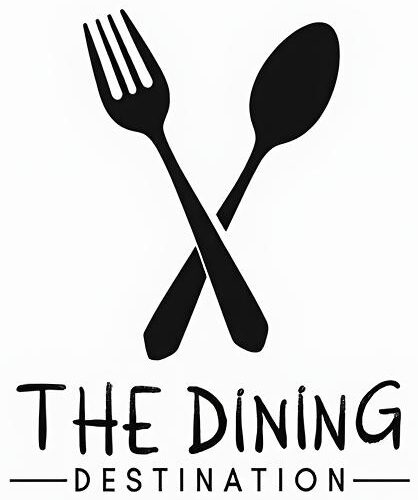

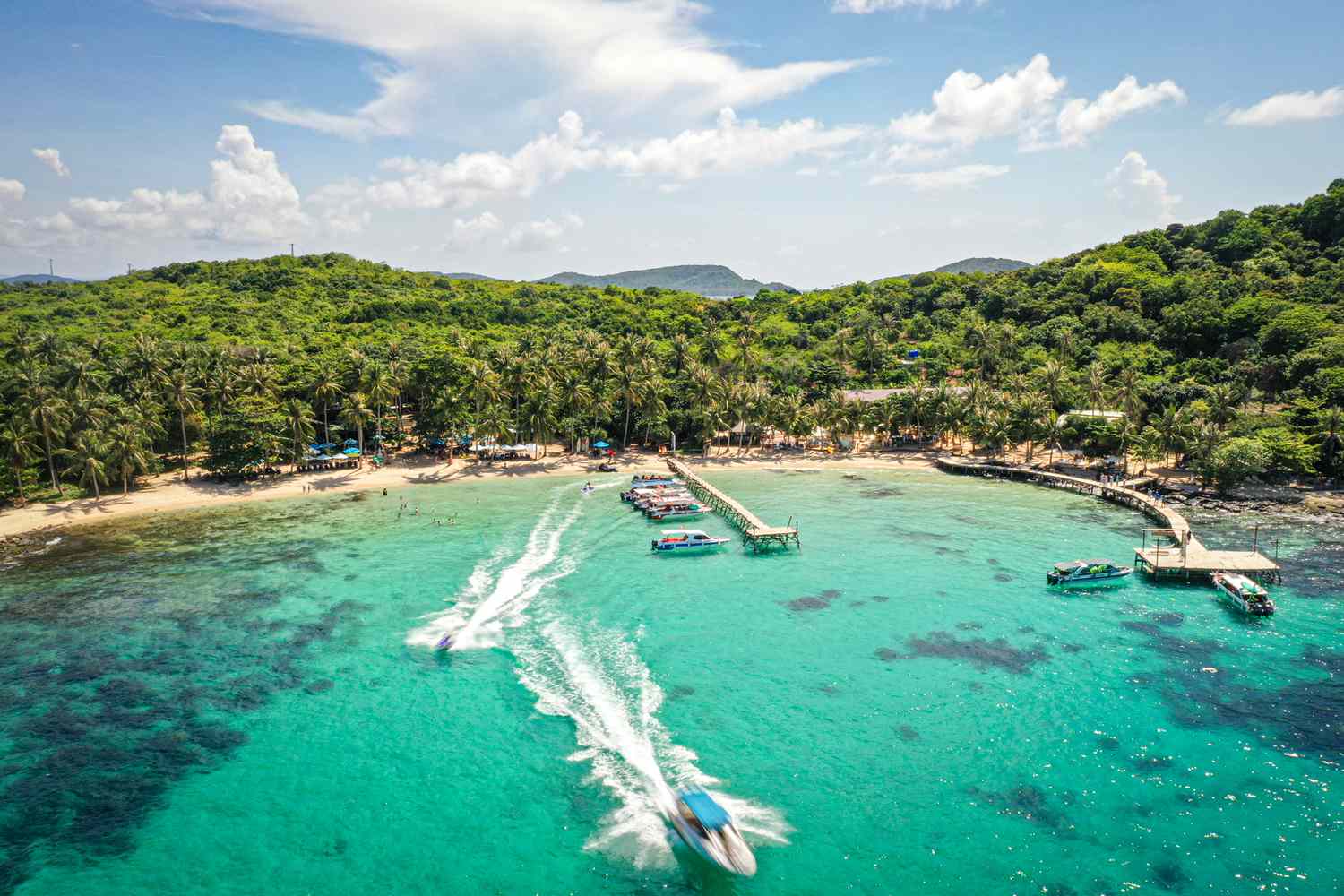
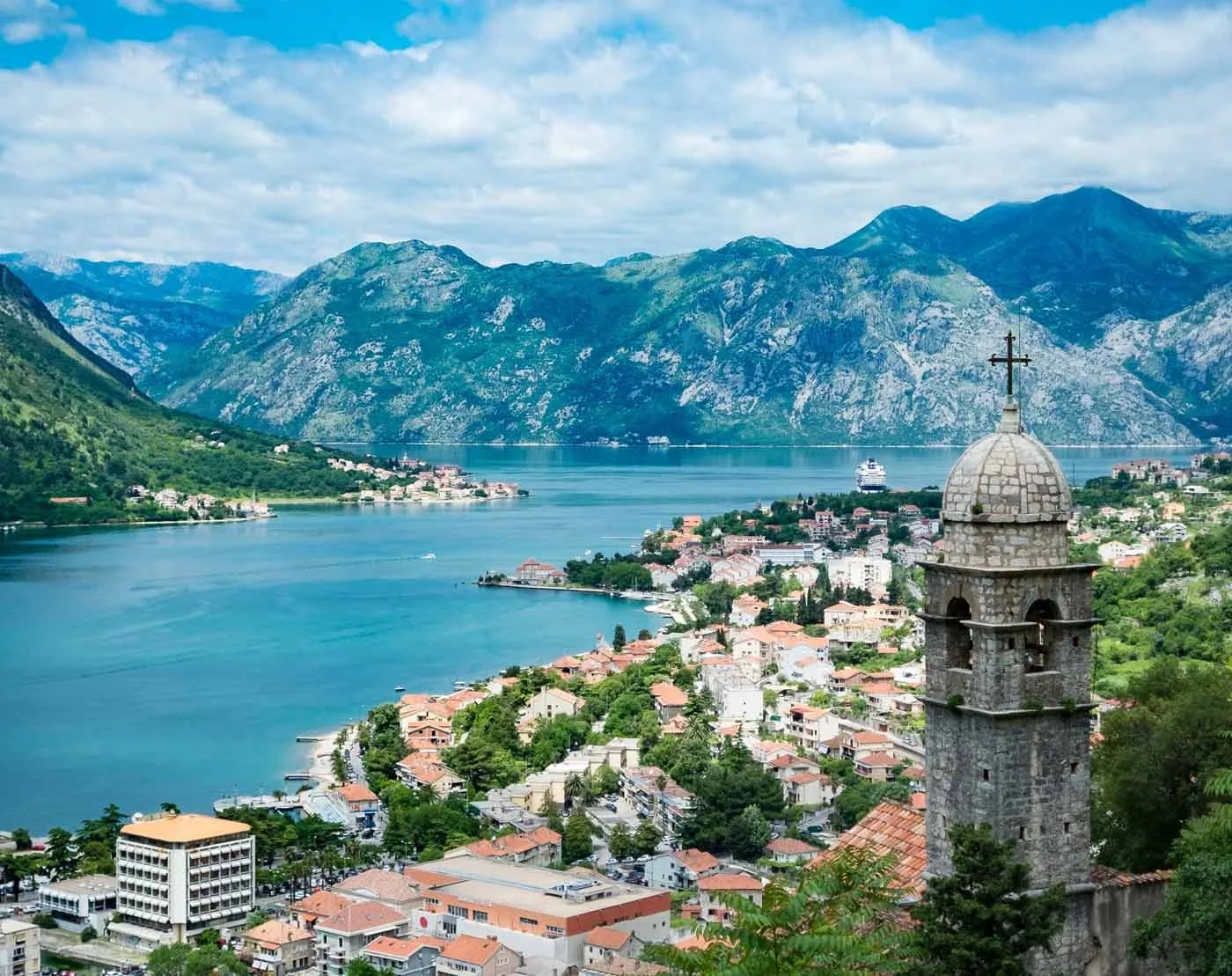
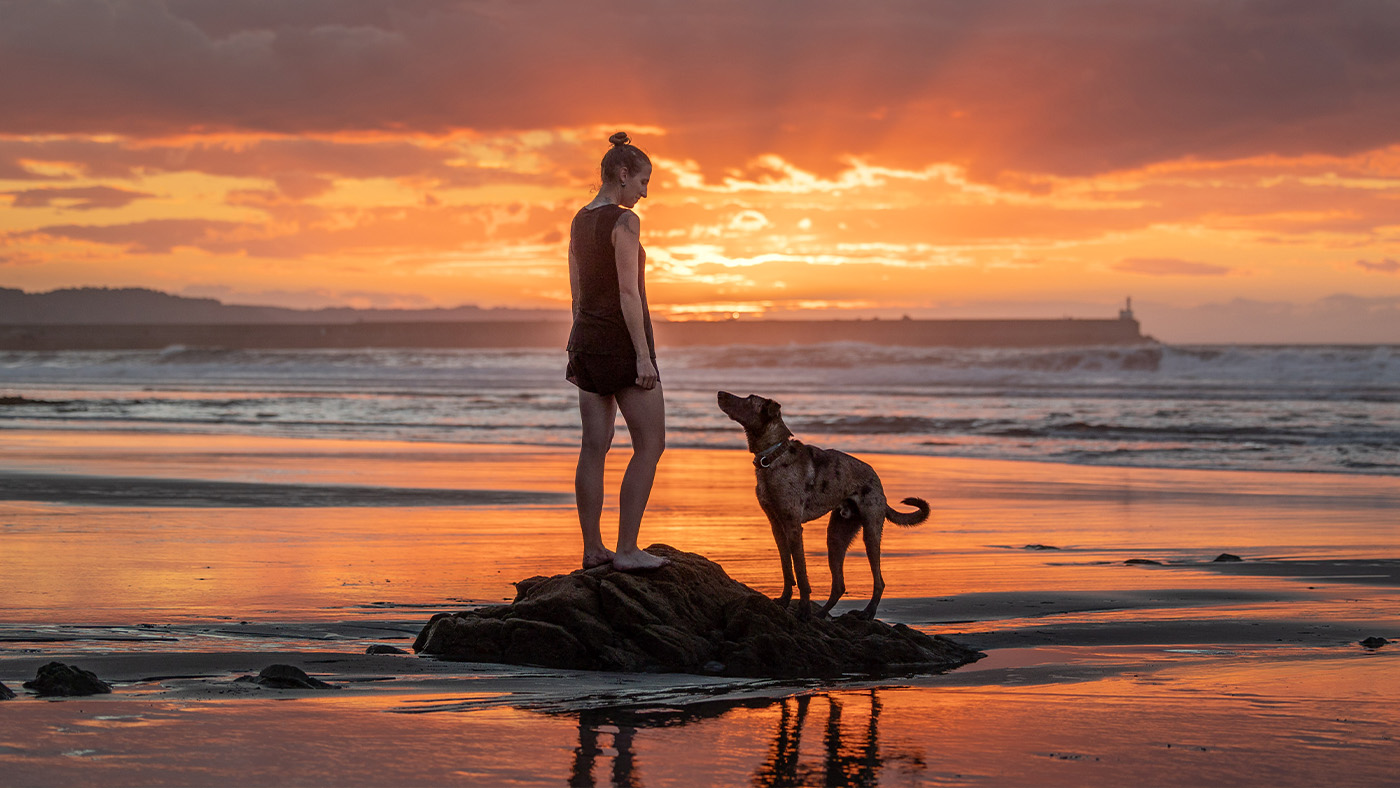
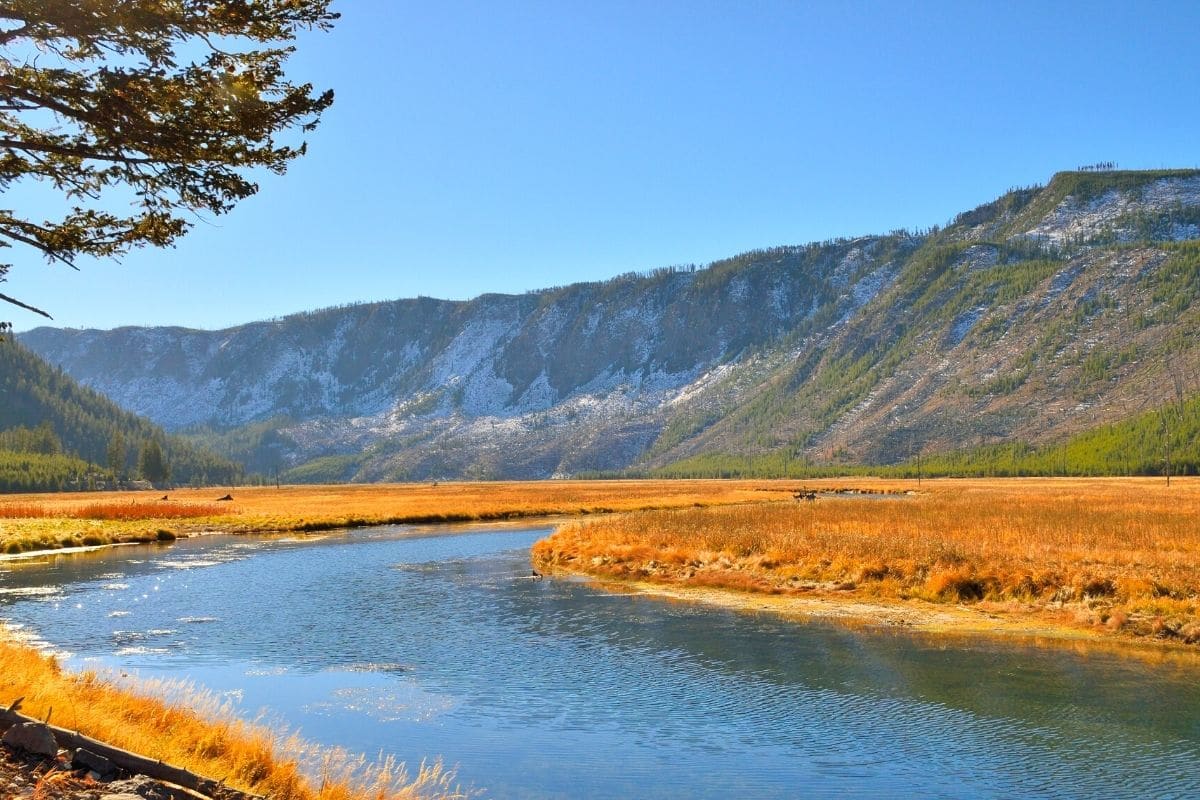
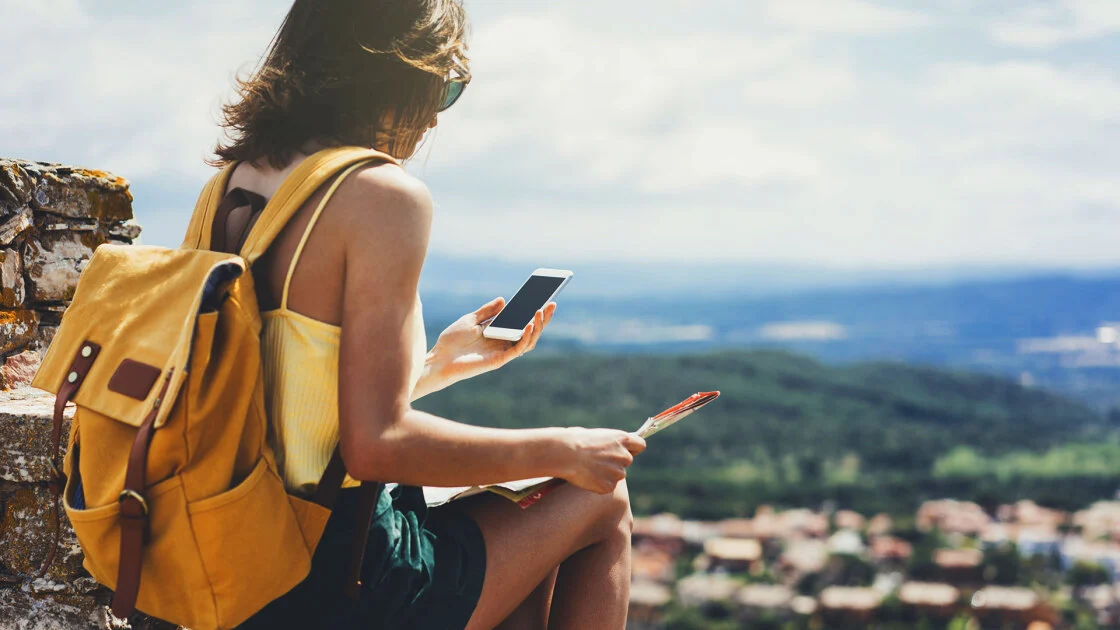
1 thought on “Lens and Fork Adventures: Tips for Food and Travel Photography”
Pingback: Owala Water Bottles 101 - The Dining Destination
Comments are closed.